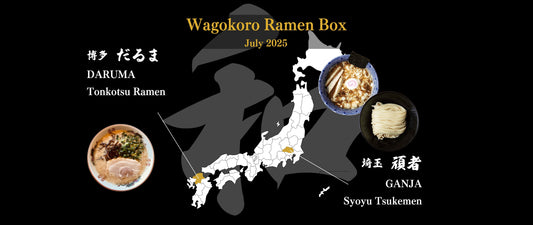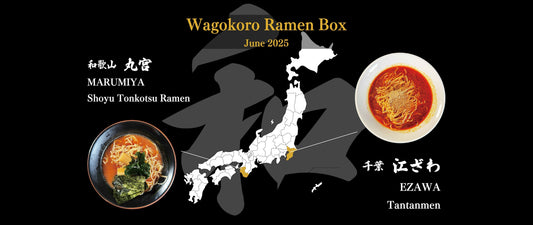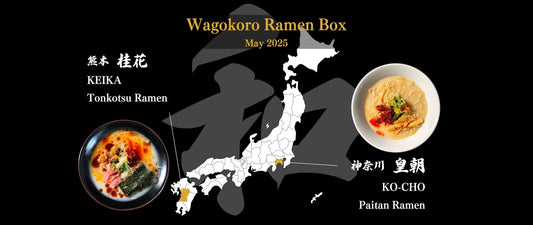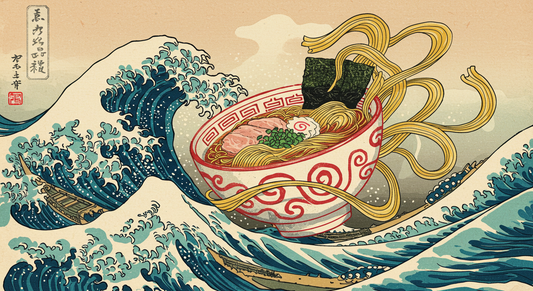History
Tonkotsu ramen is a type of ramen in Japan, with roots traced back to the 1930s and 1940s when ramen shops in Kyushu were born.

Place of origin
Particularly popular in Kyushu, especially in Fukuoka Prefecture, where it is commonly known as Hakata Ramen, tonkotsu ramen is served.

Soup
The soup of tonkotsu ramen is characterized by its milky, opaque appearance, based on pork bones.
Typically, pork bones and fat are simmered for hours to days, resulting in a rich, creamy soup, with the thickness typical of tonkotsu ramen attributed to collagen.
In addition to pork bones, vegetables and spices are sometimes added to the soup to adjust its flavor. For example, garlic, ginger, and green onions may be used, creating a deeper taste profile.

Noodles
The noodles are also distinctive, typically using extremely thin straight noodles that are firm due to low water content.
The reason for the thin noodles is to ensure they mix well with the soup. Most shops offer varying levels of firmness for the noodles, such as "soft," "medium," and "firm," to cater to individual preferences.
Furthermore, because thin noodles absorb soup easily, ordering extra-large portions is generally not available, but customers can add more noodles by ordering "kaedama" (additional noodle orders).

Toppings
Common toppings for tonkotsu ramen include chashu (braised pork belly), menma (fermented bamboo shoots), wood ear mushrooms, and green onions. The combination of these toppings with the tonkotsu soup creates a unique flavor and texture experience.
Moreover, there are various regional variations of tonkotsu ramen, with shops offering soy sauce, miso, or salt-based tonkotsu ramen, each with its distinct taste and style.
Tonkotsu ramen, with its rich flavor, creamy soup, and diverse toppings, is beloved not only in Japan but also by many people around the world.





